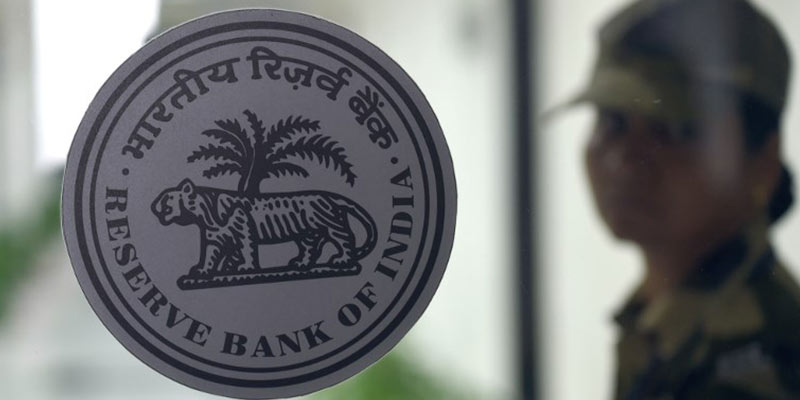- India
- Jun 10
RBI issues guidelines on default loss guarantee in digital lending
• The Reserve Bank came out with guidelines on default loss guarantee (DLG) in digital lending, a move aimed at ensuring the orderly development of the credit delivery system.
• Last year, the Reserve Bank issued the regulatory framework for digital lending.
What is default loss guarantee (DLG)?
• DLG is a contractual arrangement between a regulated entity (RE) and an entity meeting prescribed norms, under which the latter guarantees to compensate the RE, loss due to default up to a certain percentage of the loan portfolio specified upfront.
• RE refers to entities, like banks and Non-Banking Financial Companies (NBFCs), which are regulated by the RBI.
Key points in the guidelines:
• As per the guidelines, an RE may enter into DLG arrangements only with a Lending Service Provider (LSP)3/ other RE with which it has entered into an outsourcing (LSP) arrangement.
• DLG arrangements must be backed by an explicit legally enforceable contract between the RE and the DLG provider.
• With a view to further promoting responsible innovation and prudent risk management, it has been decided to issue guidelines on default loss guarantee arrangements in digital lending.
• RBI Governor Shaktikanta Das said this will further facilitate the orderly development of the digital lending ecosystem and enhance credit penetration in the economy.
• The guidelines further said RE should ensure that the total amount of DLG cover on any outstanding portfolio, which is specified upfront, should not exceed 5 per cent of the amount of that loan portfolio.
• In case of implicit guarantee arrangements, the DLG provider shall not bear performance risk of more than the equivalent amount of five per cent of the underlying loan portfolio.
• It also said recognition of individual loan assets in the portfolio as NPA and consequent provisioning will be the responsibility of the RE.
• Also, the REs will have put in place a Board approved policy before entering into any DLG arrangement.
The growth of digital lending
• Technological innovations have led to marked improvements in efficiency, productivity, quality, inclusion and competitiveness in extension of financial services, especially in the area of digital lending.
• However, there have been unintended consequences on account of greater reliance on third-party lending service providers mis-selling to the unsuspecting customers, concerns over breach of data privacy, unethical business conduct and illegitimate operations.
• While the current share of digital lending in the overall credit pie of the financial sector is not significant for it to affect financial stability, the growth momentum has compelling stability implications.
• It is believed that ease of accessing digital financial services, technological innovations and cost-efficient business models will eventually lead to meteoric rise in the share of digital lending in the overall credit.
• The world has been talking about Bank 4.0 since 2014 indicating the arrival of fourth generation in evolution of financial services comprising FinTech, online/mobile banking, virtual global market and questioning the sustainability of conventional banking.
• As has been seen during the pandemic-led growth of digital lending, unbridled extension of financial services to retail individuals is susceptible to a host of conduct and governance issues.
• Mushrooming growth of technology companies extending and aiding financial services has made the regulatory role more challenging. In view of the ease of scalability, anonymity and velocity provided by technology, it has become imperative to address the existing and potential risks in the digital lending ecosystem without stifling innovation.
• Digital lending is one of the most prominent off-shoots of FinTech in India.
• In India, the digital lending ecosystem is still evolving and presents a patchy picture. While banks have been increasingly adopting innovative approaches in digital processes, NBFCs have been at the forefront of partnered digital lending.
Manorama Yearbook app is now available on Google Play Store and iOS App Store

